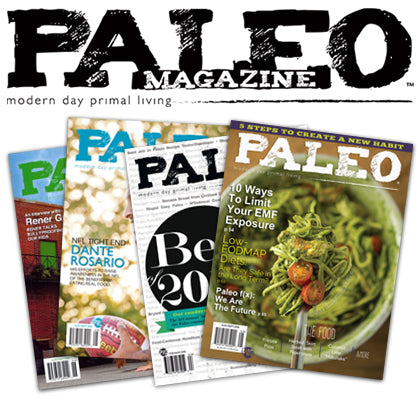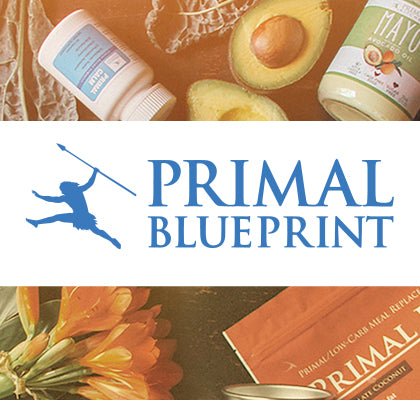- Continue Shopping
- Your Cart is Empty
Coconut
Once relegated to the likes of cheesy seventies pop songs and holiday cocktails with umbrellas, the lowly coconut has recently come back into vogue after a plethora of health benefits have come to light. But hang on a jiffy, what actually is a coconut? A nut? A fruit? Something else entirely?
It seems it’s somewhat of a debate as it more or less fits the first two categories, and is also known as a drupe. Its trees grow in tropical climates, and believe it not, fulfill more of a purpose than just making all those deserted beaches look so postcard pretty. Pacific Islanders, who grasped the potential of the mighty swaying tree way before any of us backward Westerners, called it the ‘tree of life’.
Coconuts bestowed relief and sometimes a cure for many conditions, thanks to their antibacterial, antiviral and anti-inflammatory properties which mainly come from the rather impressive Lauric acid, a medium chain fatty acid also found in breast milk.
They contain a wealth of vitamins and minerals including potassium, magnesium, iron, calcium, most B vitamins, and vitamin C, and are a great source of fiber. Who would have thought the humble coconut could be so downright multitalented!
Before we get too excited, we should probably check that coconuts are actually Paleo! Well, they grow on a tree, are a kind of fruit-nut hybrid, and… are widely accepted as being Paleo-friendly! Hooray!
So you’re totally convinced, coconut in hand, thinking how the hell am I going to crack this damn thing open!? It’s time to get primal, so grab a machete (or a regular kitchen knife will do), and some patient tapping and rotating should soon do the trick! Spoon out all of that beautiful creamy-white flesh and crunch it up satisfyingly!
Alternatively explore its versatility and turn it into one or all of the following… Coconut butter or cream is the flesh grated or flaked, and then blended until smooth (and makes a great snack eaten by the spoon.) Coconut milk is similar but with added water and then squeezed through a cheesecloth to be left with just liquid. (Smoothie, anyone?) The leftover pulp can be spread on a tray, baked, and grated, to create flour. (Cakes, cookies, muffins: need I say more!?)
Coconut oil takes a little more time but is basically the milk, fermented or heated to separate the fat. Finally the water, which comes straight from a young coconut before the flesh has formed, (makes a great, hydrating sports drink), and is slightly different from the others in that it doesn’t contain any fat.
You may now consider yourself a coco pro! Just to clarify, you don’t have to head to some island and clamber up a tree to get your coconuts. You don’t even need to crack one open yourself. A wide range of ready-made varieties in tins, cartons, boxes and bottles are available and are a lot more convenient for the typical headless-chicken style busy life.
Just beware of added ingredients added such sugar, thickening agents or preservatives: try to go for the ones that are pure coconut product. In case you hadn’t realized yet, coconuts are great!
So go forth: experiment, bake, cook to your heart’s desire! Whether it’s the feature of your dish, a substitute for some non-Paleo ingredient such as milk, oil or flour, or just a simple smoothie, you can be happy in the knowledge that you’re treating your body to some tiptop vitamin-tastic action. Oh, and remember to add the lime!








